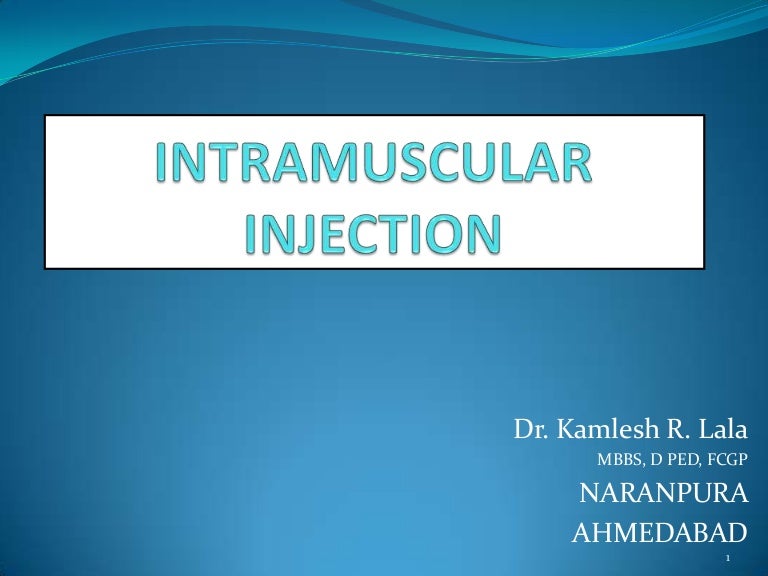

PLoS ONE 16(5):Įditor: Mª Ángeles Peña Fernández, University of Alcalá, SPAIN Limitations included considerable heterogeneity, poor reporting of randomisation, and possible bias in outcome measures from unblinding of assessors or participants.Ĭitation: Ayinde O, Hayward RS, Ross JDC (2021) The effect of intramuscular injection technique on injection associated pain a systematic review and meta-analysis. The effect of changing the needle after drawing up the injectate on injection pain was conflicting and warming the injectate did not reduce pain. There was insufficient evidence on the benefits of the ‘Z track technique’ (2 studies, SMD = -0.20) and the cold needle technique (2 studies, SMD = -0.73) on injection pain. Acupressure techniques which mostly involved applying sustained pressure followed by intermittent pressure (tapping) to acupressure points local to the injection site reduced pain (4 studies: SMD = -1.62), as did injections to the ventrogluteal site compared to the dorsogluteal site (2 studies, SMD = -0.43).
INTRAMUSCULAR INJECTION MANUAL
Of these, applying manual pressure (4 studies, SMD = -0.85) and Helfer (rhythmic) tapping (3 studies, SMD = -2.95) to the injection site reduced injection pain, whereas the use of a plastic device to apply local pressure to the skin (ShotBlocker) did not significantly reduce pain (2 studies, SMD = -0.51). 10 studies applied local pressure to the injection site. 29 studies were included in the systematic review and 20 studies in the meta-analysis.


 0 kommentar(er)
0 kommentar(er)
